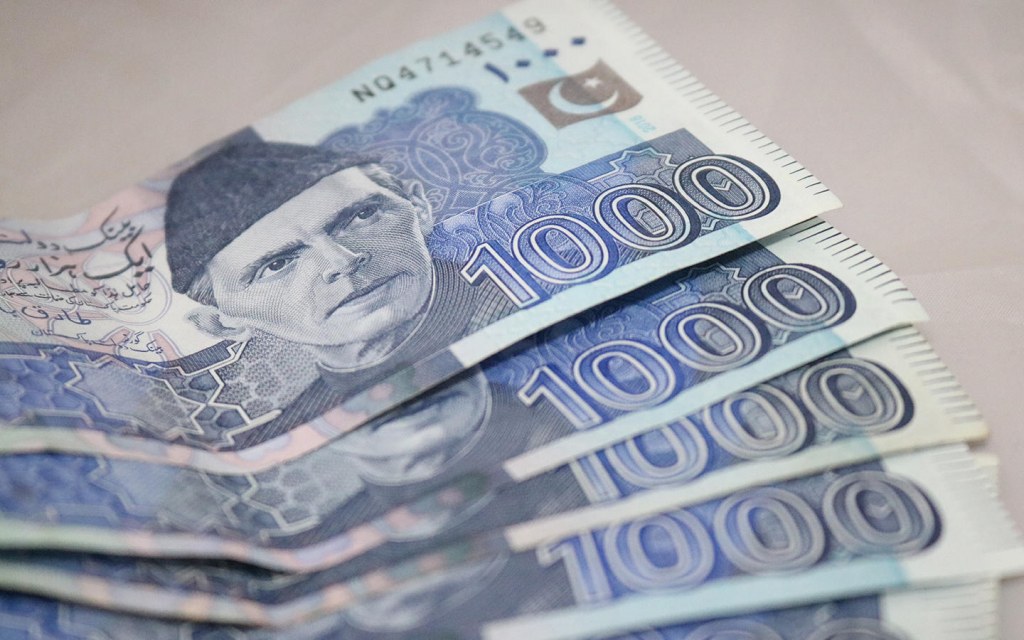In Pakistan, the reported currency in circulation (CiC) has fallen to Rs. 8.5 trillion, reflecting a significant decrease in informal cash holdings and the usage of cash to conduct business.
Total Cash in Hand Including in Banks
The CiC – the cash you and I hold in our pockets, closets, and possibly even under or inside our mattresses or in a secret bunker inside the ceiling in some situations — stood at 10% of GDP as of August 2023. Cash in banks may also be included in the CIC.
According to SBP data, CiC fell by roughly Rs. 700 billion in the first two months of fiscal year 2023-24, a significant decline from Rs. 9.148 trillion in total currency stock at the end of June FY23.
Meanwhile, total deposits with domestic banks totaled Rs. 22.3 trillion, marking a CiC-to-bank deposit ratio of 25%, a significant decline from the 34% reported in March 2023.
According to trends observed in 1QFY24, CiC as a proportion of Money Supply (M2) is at or above 27 percent.
CiC began to shrink after new Budget measures imposed a standard tax on cash withdrawals by non-filers, causing people to store cash in banks.
Reason To Drop In CiC
According to Topline CEO Mohammed Sohail, one possible cause for the drop in CiC could be banks’ high Return on Deposits of over 20%.
Another factor could be a downturn in the property, auto, and other markets where such assets were previously parked.
He stated that CiC remains strong at 28 percent of Money Supply. Cash holdings have expanded far faster than the money supply and GDP, which is cause for concern.
“This so-called informal economy and undeclared wealth for tax avoidance, corruption, or whatever reason needs to be brought in the formal sector,” he added.
Despite the current economic downturn, significant transactions are still carried out in cash.
Cause of Money Laundering
More money outside of banking channels increases the likelihood of this freely accessible cash being used in unlawful hawala-hundi marketplaces and money laundering.
The Afghan currency market’s hoarding and clearing of PKR transactions is a prime example.
Despite the collapse since last year’s devastating floods, the real estate sector remains a significant financial drain, particularly when market loan rates are exorbitant.
Last week, treasury bill cut-off rates reached as high as 25%, indicating that banks have raised the cost of lending (cut-off yield) to pro-inflationary levels.
Individuals with large cash holdings have a fantastic opportunity to repair their assets in exchange for excellent monthly returns.
This would help to further document CiC while also bringing funds into the banking system.
To read our blog on “$4 billion decline in worker remittances hit economy in 2023,” click here.
